2018-10-17
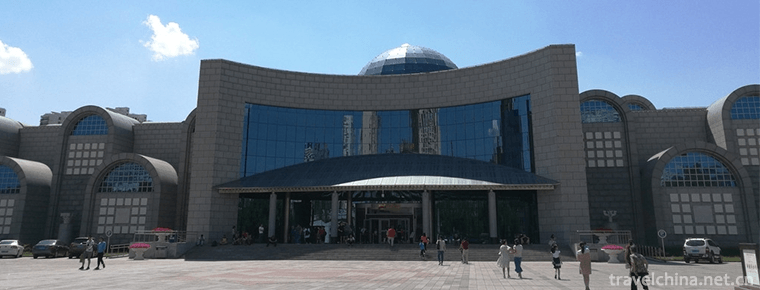
- By ChinaWiki.net
- Chinese Edition
- 2019-02-25
Museum of Xinjiang Uygur Autonomous Region
The Museum of Xinjiang Uygur Autonomous Region, located at No. 132 Northwest Road, Urumqi City, is a provincial comprehensive geographic museum. It is an institution of cultural relics and specimens collection, protection, scientific research and propaganda education in Xinjiang Uygur Autonomous Region.
The Museum of Xinjiang Uygur Autonomous Region was officially established in 1959. The original design of the Museum was an agricultural exhibition hall. It was a mountain-shaped bungalow building. In 1962, it moved to the present site and was converted into a museum and opened to the outside world.
The name of the Museum of Xinjiang Uygur Autonomous Region was inscribed by Chairman Zhu De, an old revolutionary, during his inspection work in Xinjiang since 1959. In 2005, the new museum was built with a construction area of 17288 square meters, one floor underground and two floors above ground. The main body is 18.5 meters high. The scientific research work of the museum focuses on the collection of cultural relics.
The first batch of national practical education bases for primary and secondary school students.
Development history
In 1953, the Museum of Xinjiang Uygur Autonomous Region, formerly the Agricultural Exhibition Hall, was prepared and initially designed as a hill-shaped bungalow building.
In 1959, the Museum of Xinjiang Uygur Autonomous Region was officially established.
In 1962, the Museum of Xinjiang Uygur Autonomous Region moved to No. 132 Northwest Road, Urumqi City, and opened to the public.
On October 1, 1963, the Museum of Xinjiang Uygur Autonomous Region officially opened.
On September 20, 2005, the new Museum of Xinjiang Uygur Autonomous Region was built and opened. The building area of the new hall is 17288 square meters. The first floor is underground and the second floor is above ground. The main body is 18.5 meters high. The glass dome is 29.5 meters high. The plane of the building is basically a symmetrical layout of "one" type, which has the style of Western Regions and the local characteristics of Xinjiang.
Honors
The Museum of Xinjiang Uygur Autonomous Region has been awarded "Patriotic Education Base" by Urumqi City and Autonomous Region successively, and "Excellent Patriotic Education Base of National Cultural and Expo System" by the State Administration of Cultural Relics, and 100 "National Patriotic Education Base of Primary and Secondary Schools" by the State Education Commission, the Ministry of Culture, the State Administration of Cultural Relics, the Ministry of Civil Affairs, the General Political Department of the People's Liberation Army and the Central Committee of the Communist Youth Land ".
In 2001, it was awarded "National Patriotic Education Demonstration Base" (the second batch) by the Ministry of Publicity and Propaganda, and "Youth Patriotic Education Base of the Autonomous Region" by the League Committee of the Autonomous Region.
In 2006, it was awarded "National Education Base for National Unity and Progress" by the National People's Committee, and was appraised as "Advanced Unit of Public Cultural Facilities Management" by the Ministry of Culture.
In 2007, it was appraised as the Youth Science and Technology Education Base of the Autonomous Region by the Ministry of Propaganda, the Department of Science and Technology, the Department of Education and the Association of Science and Technology of the Autonomous Region. It was awarded the "Advanced Collective of National Cultural Heritage Protection" by the State Administration of Cultural Relics.
The exhibition of Xinjiang Ethnic Customs was awarded the Best Service Award by the Seventh National Bureau of Cultural Relics (2005-2006), "Top Ten Exhibitions of National Museums".
In 2008, it was named National 4A Tourism Scenic Spot by the National Tourism Administration and National First-Class Museum by the State Administration of Cultural Relics.
In May 2011, in the 9th National Museum Exhibition (2009-2010), sponsored by the State Administration of Cultural Relics, "Always with the Motherland" won the Best Publicity and Promotion Award.
External communication
Museum of Xinjiang Uygur Autonomous Region has been invited to exhibit in Beijing and other places such as "Xinjiang ethnic folklore", "Xinjiang ancient corpses and unearthed cultural relics", "Xinjiang grotto murals".
In 1986, the "Xinjiang Cultural Relics of China" was exhibited successively in Long Island, Tokyo, Okayama and Sendai, Japan.
In 1988, "Xinjiang Ethnic Folk Relics" and "Xinjiang Uygur Crafts" were exhibited in Macao and Hong Kong.
Visiting information
Opening Hours
(1) Summer: from April 15 to October 15, every Tuesday to Sunday from 10:00 to 18:00 (16:30 stop admission), a daily limit of 2000 people admission, free of charge.
(2) Winter: October 16 - April 14, the following year, every Tuesday to Sunday 10:30 - 18:00 (16:30 stop admission), a daily limit of 2000 people admission, free of charge.
Traffic information
1. Get off at Museum Station by bus No. 7, No. 51, No. 52, No. 66, No. 68, No. 303, No. 305, No. 309, No. 311, No. 518, No. 906, No. 910, No. 912 and No. 928.
2. Take Bus No. 23, No. 34 and No. 527 to Qiaotou Station and walk 500 meters north along Northwest Road.
3. Take Bus Rapid Transit (Urumqi BRT) 5 and get off at Northwest Road Station. Walk south along Northwest Road for about 500 meters.
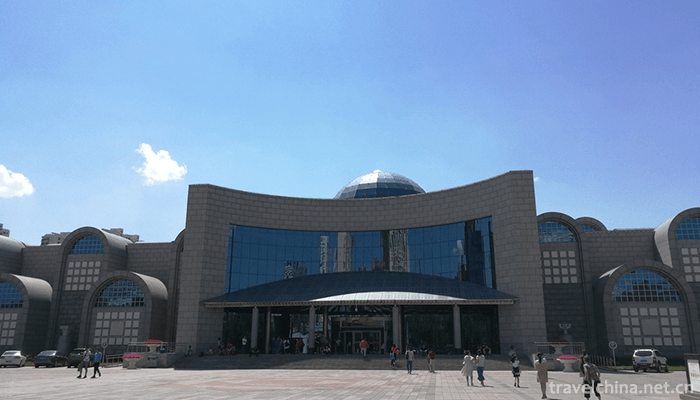
Ask a Question
Your email address will not be published.
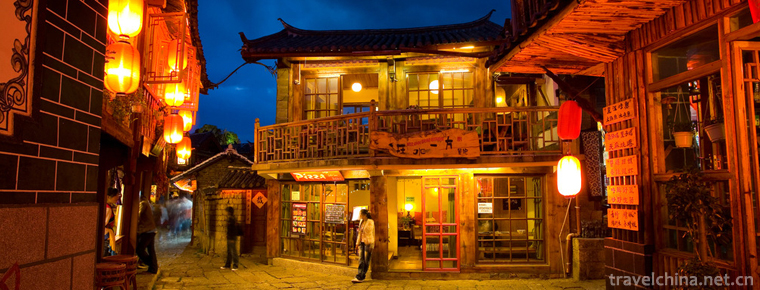
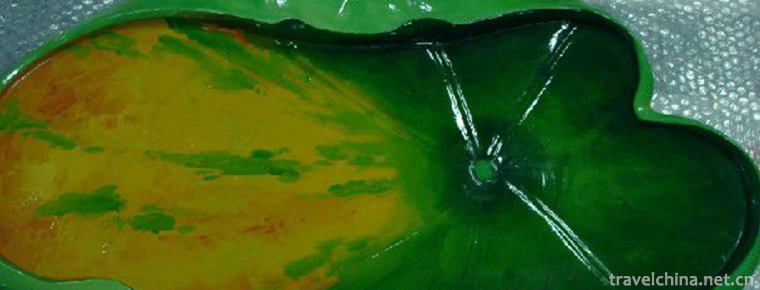
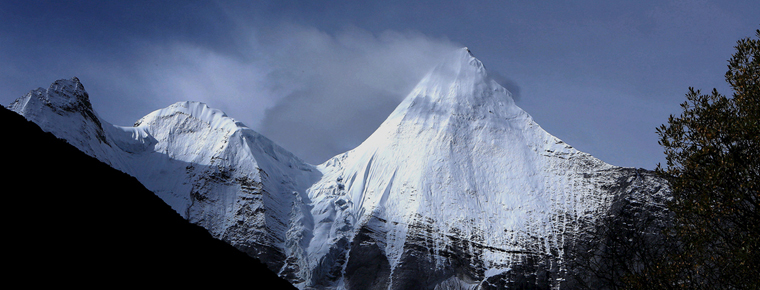
0 Questions